Migration is observed in all animal species: from the tiniest insect to the largest mammal. The animal kingdom is full of such dramatic and extreme migrations. Let's take a look at some!
Migration is a very common phenomenon in the animal kingdom. Just the way we travel to fulfil our needs, animals also migrate for various reasons. Many animals travel long distances in search of food, shelter, or a mate; some to avoid harsh weather conditions. It’s definitely an enduring feat to travel without rest and survive the harshness of nature. These animals have conquered land, sea, and air. Here are some of the greatest and dramatic migrations in the animal kingdom.
Wildebeest
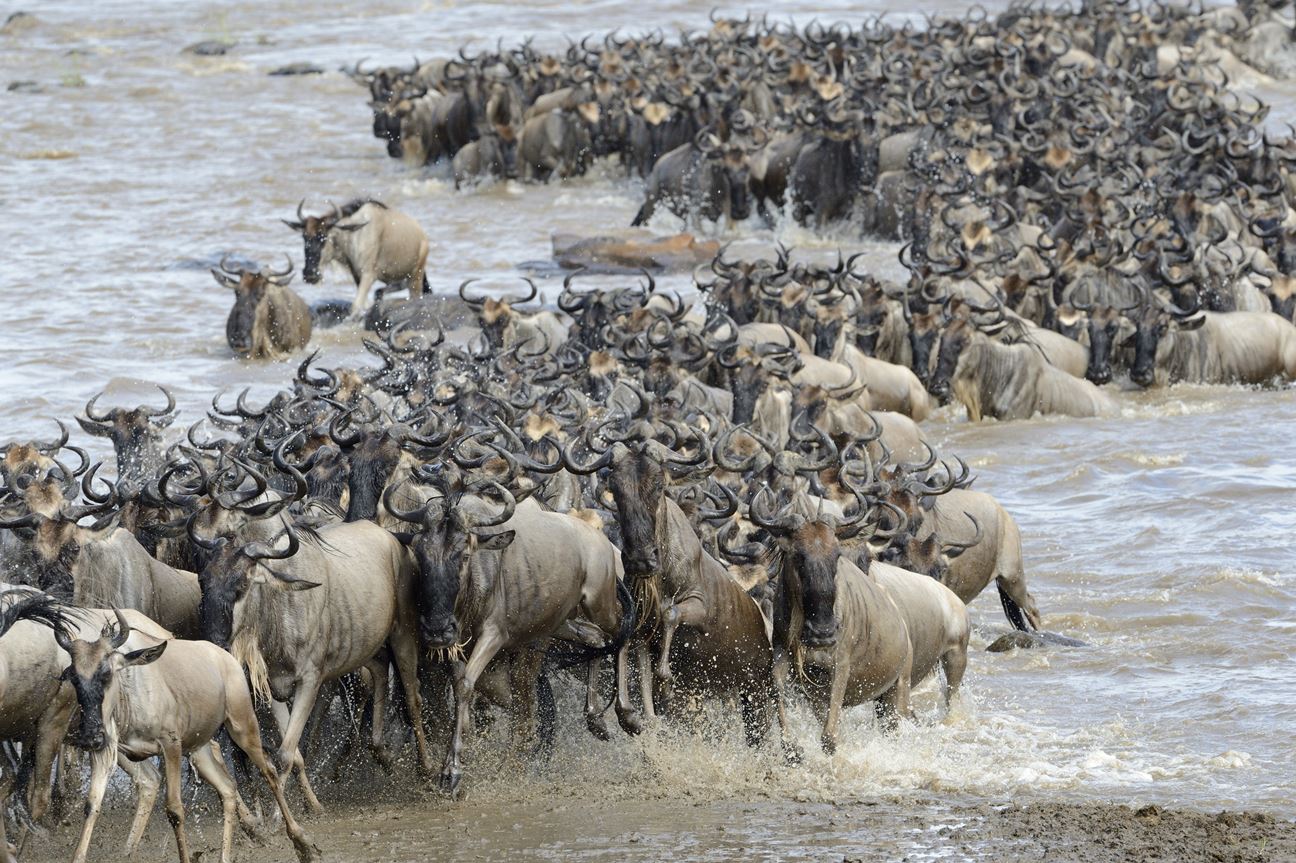
Every year, almost 2 million Wildebeests travel for more than a thousand miles in search of greener pastures! The movement itself is known as the ‘Great Migration’. They travel in large herds aiming to avoid the dry seasons of Tanzania and Kenya. Thousands of zebra and gazelle join them in this journey from Serengeti plains to the Masai Mara. It is a round-trip which covers hundreds of miles. The animals always have the pressure to keep up with the pace or risk their lives to predators like lions, cheetahs, hyenas, and crocodiles.
Salmons
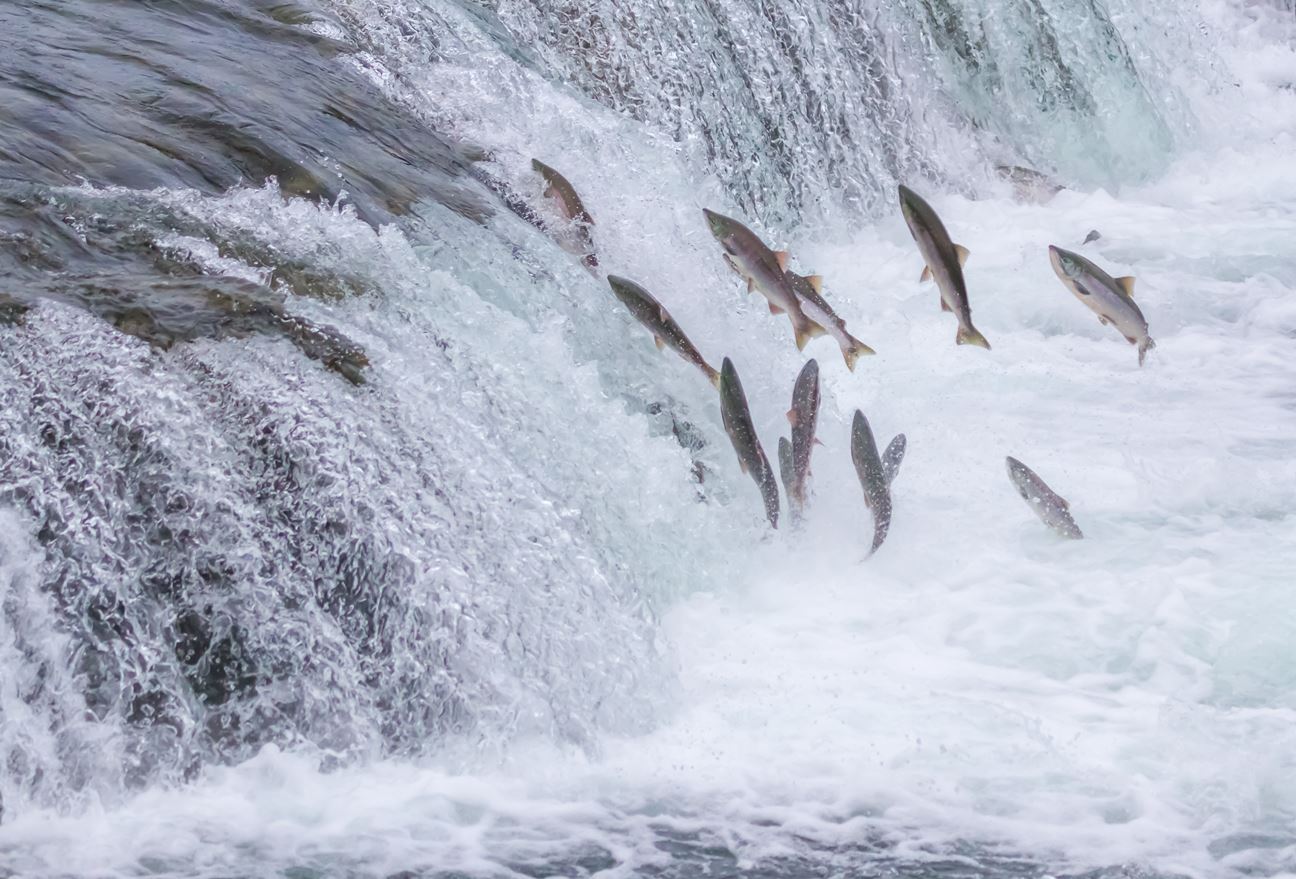
Salmons swim in the Atlantic and Pacific oceans for many years of their life. But there comes a time when they return to the freshwater streams where they were born. They swim across the ocean to reach the mouth of the river. The most amazing thing is that they swim upstream, through strong currents to complete this 3800 kilometres journey. The event is known as ‘the salmon run’, where the fish have to battle through the rapids and also save themselves from awaiting predators like bears on the banks. Unfortunately, many of them are left in bad shape. Their purpose of returning is to lay eggs and then eventually die there.
Arctic Tern
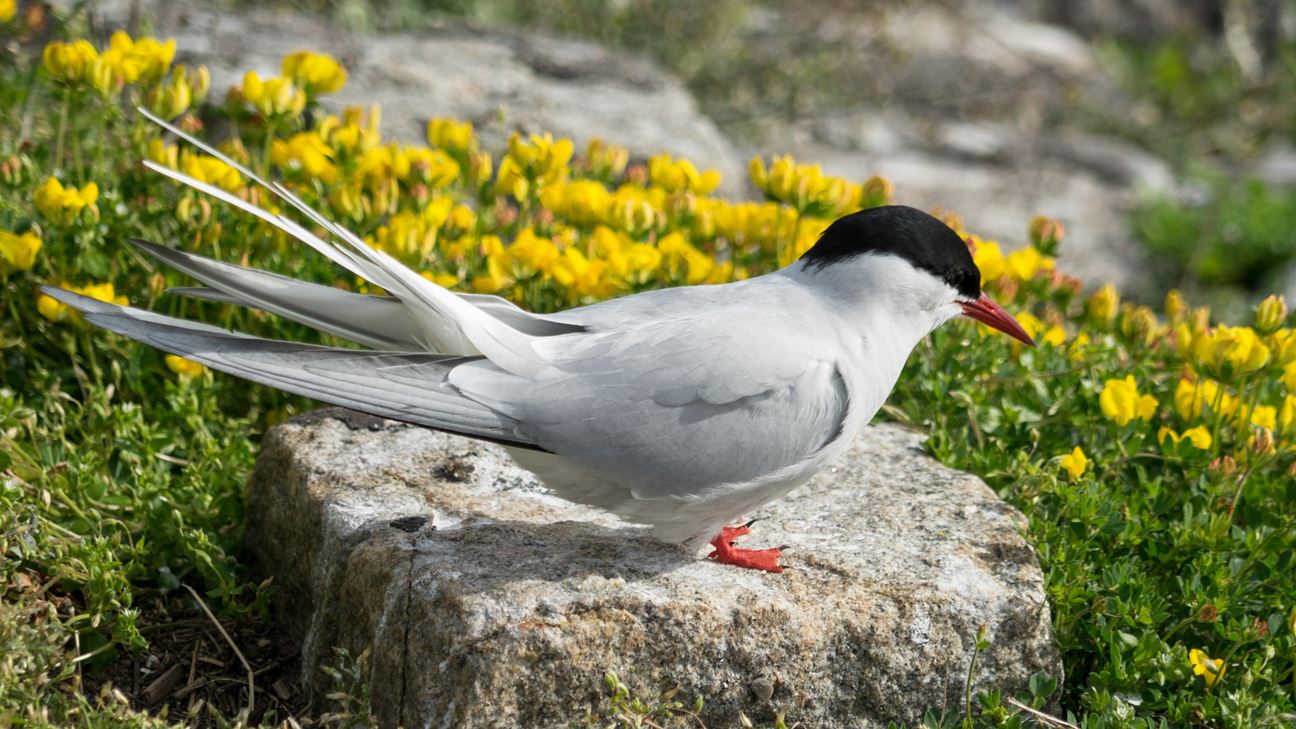
Arctic Terns are small birds weighing only 90–120 grams, and might not seem too tough. But they take one of the longest migrations in the world. They travel from pole to pole, a whopping distance of almost 80,000 kilometres in a year! They start their trip from their breeding grounds in the Arctic to reach the Antarctic and back. Their long flight is well rewarded with summers in both the hemispheres. These birds have evolved to be perfect for migration. Being lightweight, they effortlessly glide with the ocean breeze carrying them sometimes. An individual Arctic Tern may fly up to 1 million miles in its lifetime!
Other birds with long migrations are the Pectoral Sandpiper (18,000 miles) and Sooty Shearwatergbirds (40,000 miles). Bar-headed geese also migrate from sea level to over the Himalayan mountain range (20,000 feet high) at speeds of almost 65 km per hour.
Hummingbirds
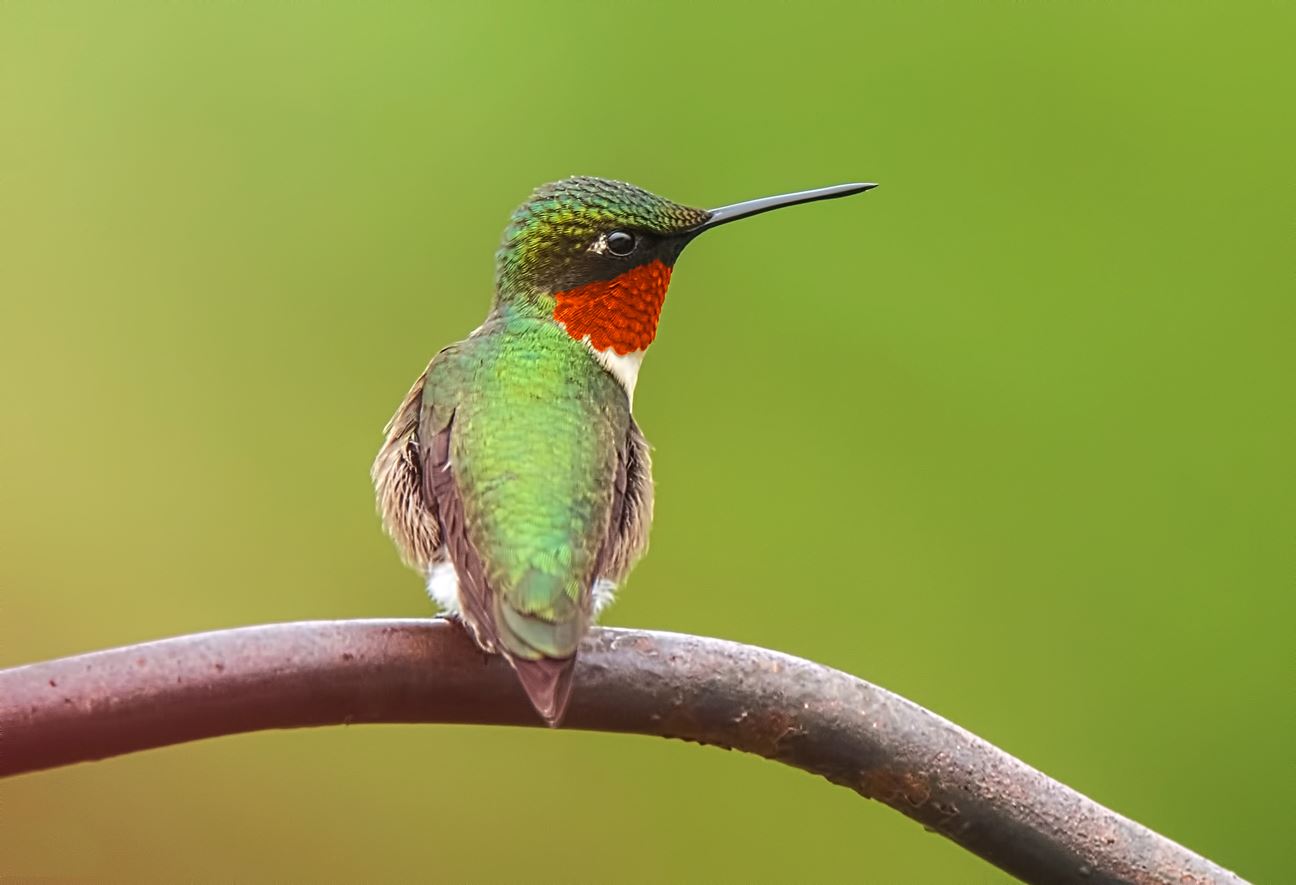
The, literally, little bird, Ruby-throated Hummingbird, flies non-stop for almost 500 miles. These birds fly from eastern North America, crossing the Gulf of Mexico, to reach Central America. The Rufous Hummingbirds also migrate with great speeds to cover almost 4,000 miles. They travel from North America to their breeding grounds in Canada and Alaska. These birds bulk up on nectar and insects to gain fat and double up. They start their journey soon after stocking up.
Monarch Butterflies
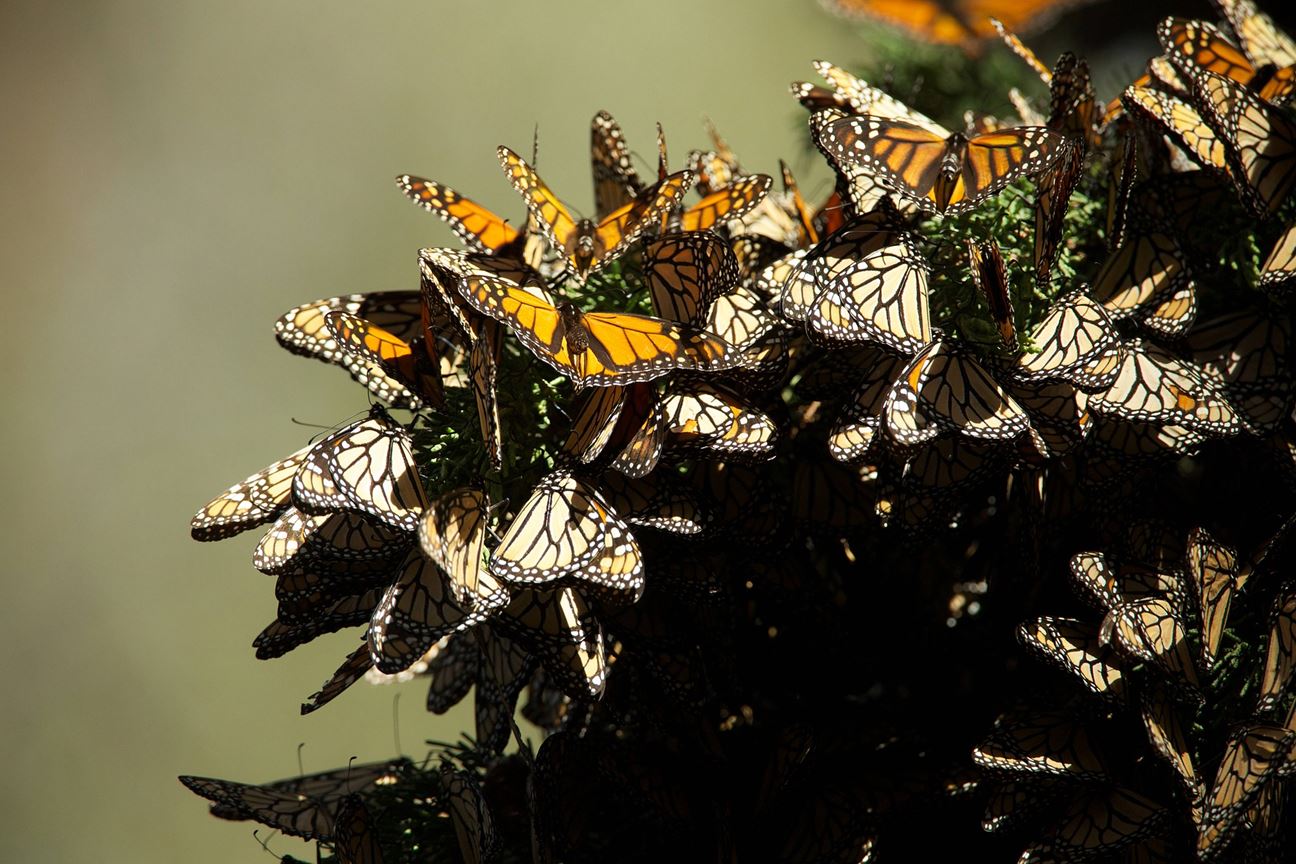
The beautiful Monarch butterflies travel over 4,800 kilometres. The amusing thing is that it is a multi-generational migration! A monarch butterfly lives only for a few months, but their migration takes over six months. Hence, it takes 2–5 generations to complete each migration! The females lay eggs on milkweed plants along the way. It seems like these have migration in their DNA because they continue the same route, no matter where they’re born. The reason behind it is still unknown, but scientists think it’s related to the magnetic field and position of the sun. Thousands of butterflies can be seen throughout Canada and the United States.
Humpback Whales
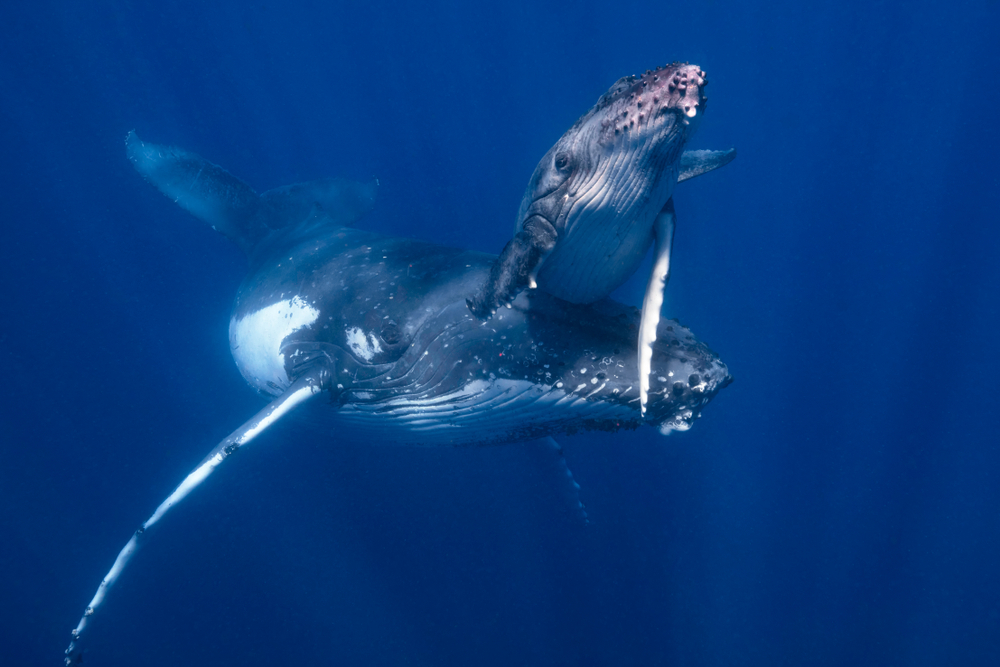
Humpback whales, one of the largest animals, reach up to 59 feet in length and may weigh almost 36,000 kilograms. They hold the record for the longest mammalian voyage in the world. They travel more than 8,000 kilometres every year. The population feeds on, literally, tonnes of food off the Arctic Peninsula waters in the warmer months. As the winters start, they travel to their breeding grounds near the Equator and Columbia. These whales are slow swimmers, but they make it up by going on non-stop. They don’t even feed during the period and survive on their built-up fat reserves.
Gray whales also have one of the longest migration routes, which may reach up to 10,000–12,000 miles.
Caribou
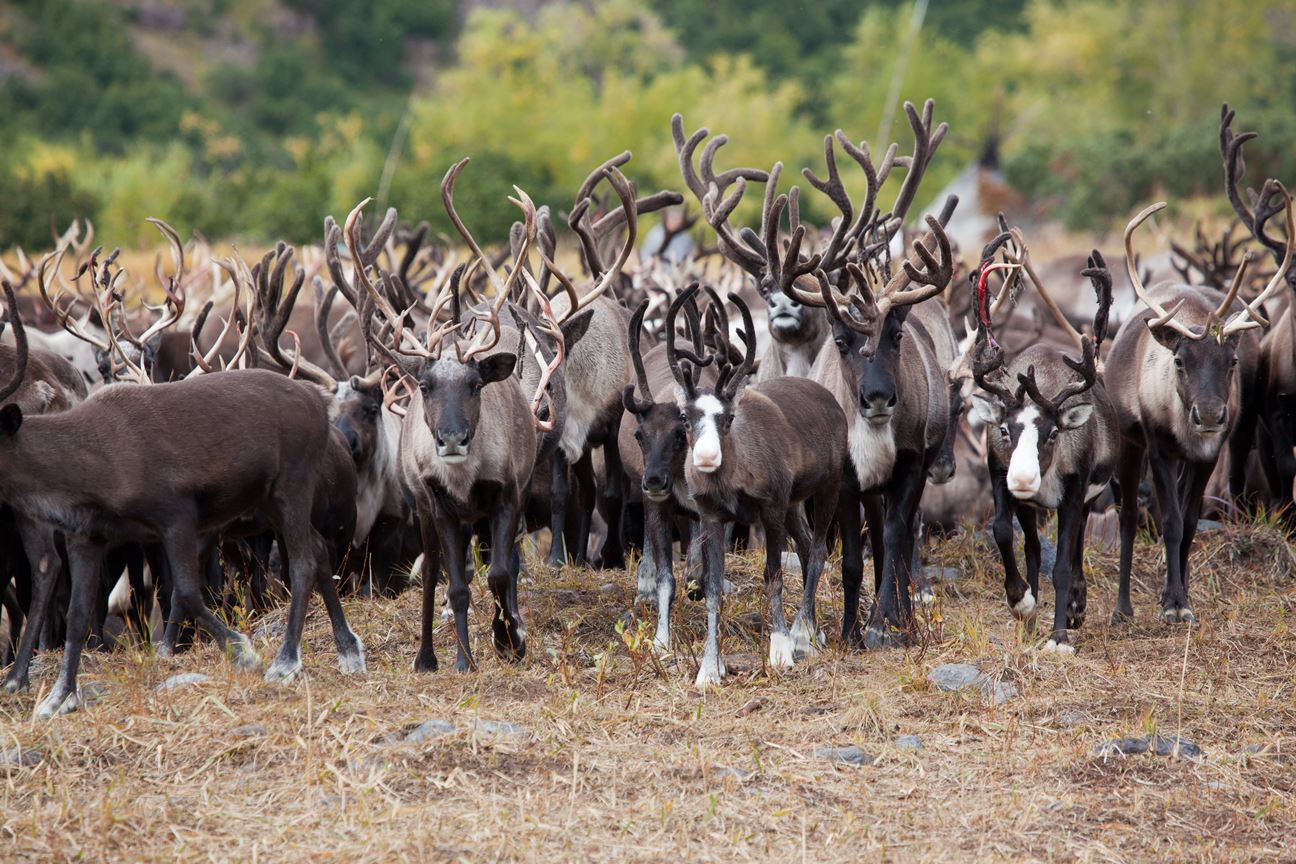
Caribou are found in northern parts of Europe, Asia, and North America. They travel in herds for almost 3,000 kilometres in a year, to search for food during the summers. The herds are huge with almost 50,000 individuals. They endlessly run at the speed of 80 kilometres per hour and cover almost 70 kilometres in a day. These animals spend their summer grazing on almost 5 kilos of grass every day.
Globe Skimmer Dragonfly
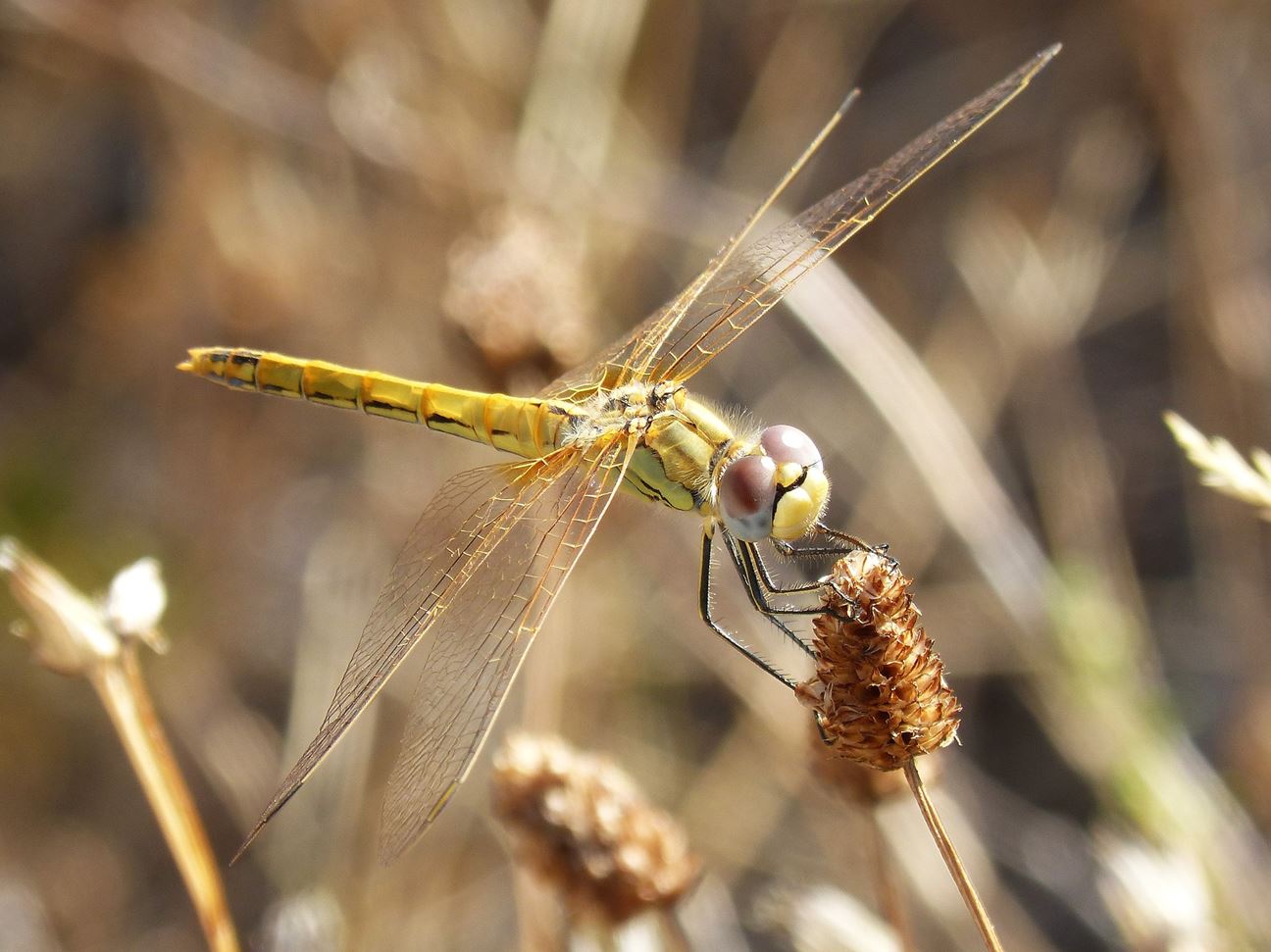
A study by Charles Anderson showed that the Globe Skimmer dragonflies travel from South India to the Maldives. They fly over the Indian Ocean for up to 1,000 km and across South Africa. The total migration totals up to 14,000–18,000 kilometres. They also have multi-generational migrations.
Turtles
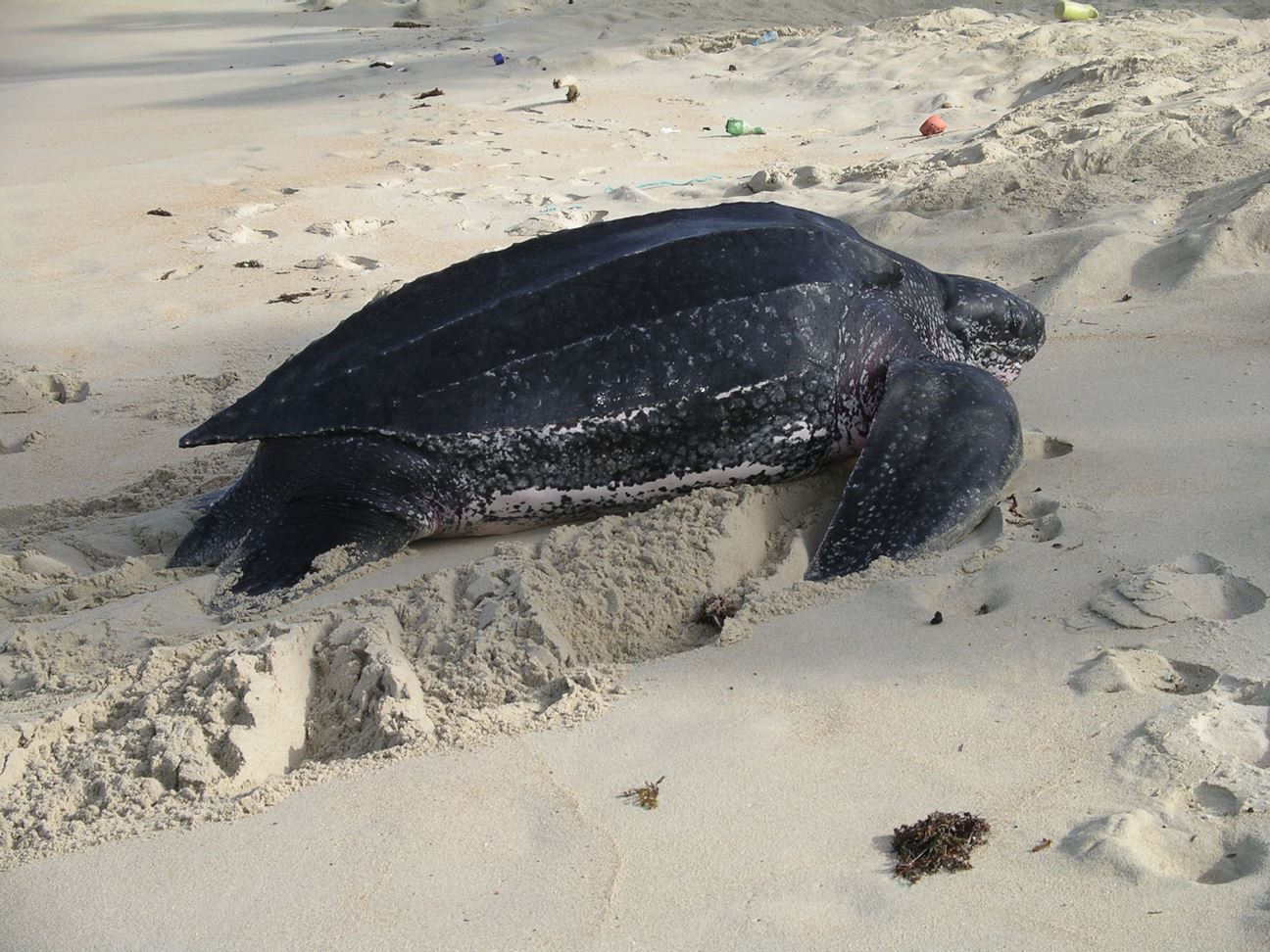
The leatherback sea turtle holds the record for the longest migration of any reptile, as per Guinness World Records. It is the largest among the sea turtles. These turtles cover a distance of 20,000 kilometres by crossing both the Atlantic and Pacific Ocean. They travel to search for a sizeable amount of jellyfish and to breed.
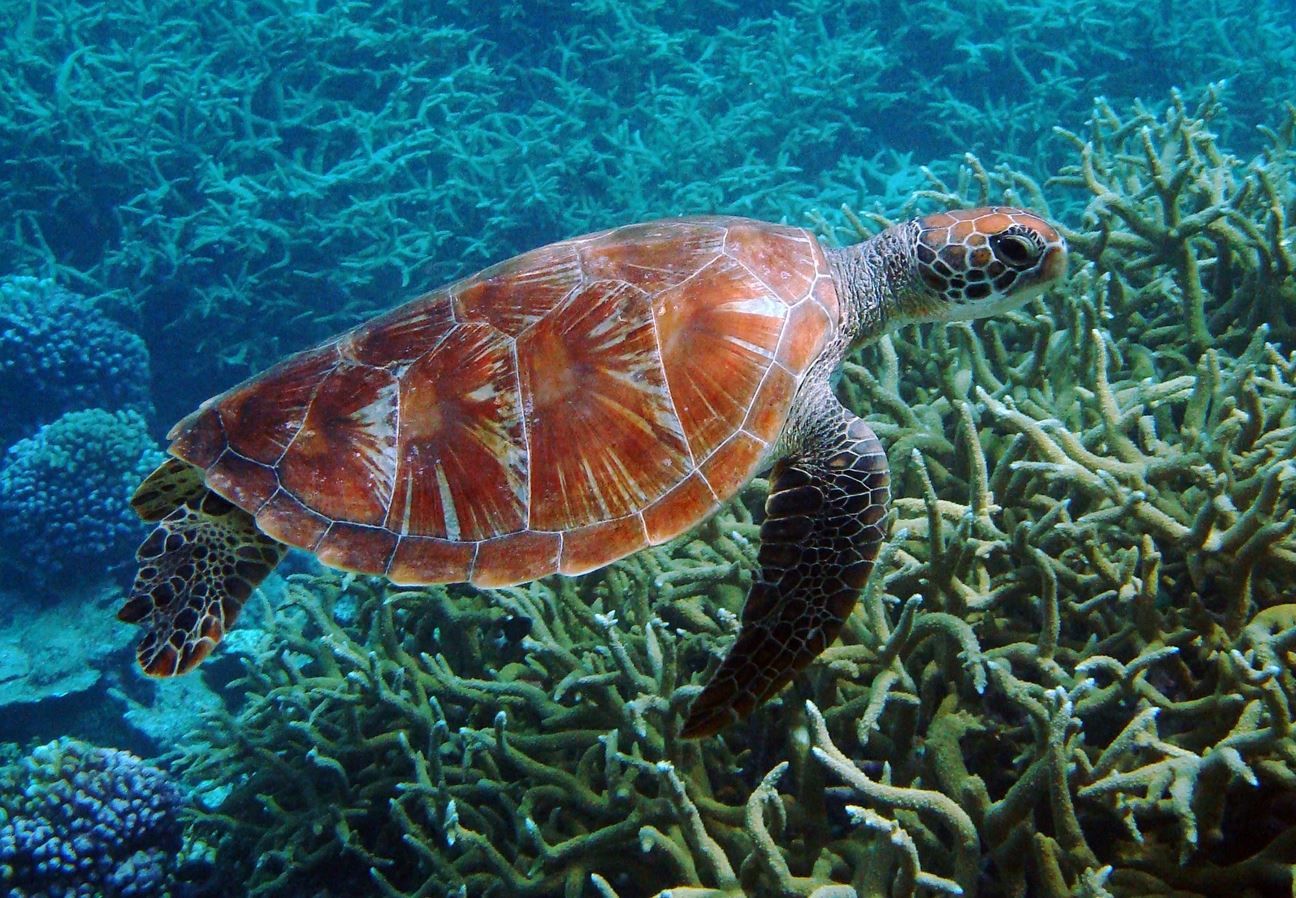
A notable journey is also taken by female green sea turtles. They swim thousands of miles to return to their birthplace, only to lay their eggs. The pregnant turtles start from their feeding grounds in Brazil to the Ascension Island in the South Atlantic Ocean. They then carve out nests and the eggs are laid.
These amazing journeys also play a role in our ecosystem. It affects the distribution of prey and predators, replenishes food sources, the spread of pollen/seeds, and even keeps the nutrients from recycling. These migrations keep our ecosystem healthy and balanced!